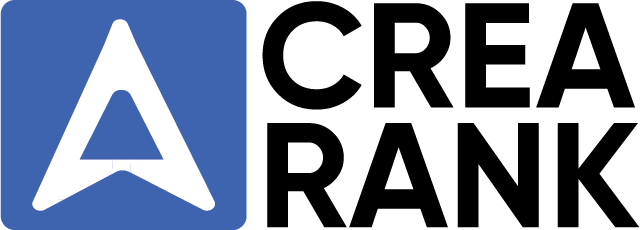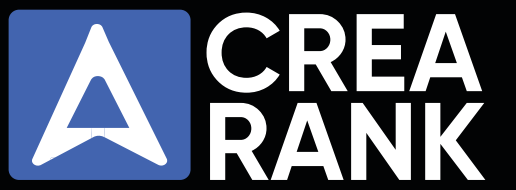Digital Advertising Glossary: 59 Essential Digital Advertising Terms for 2024
Whether it’s audience targeting, click-through rate, or call to action, navigating the realm of digital advertising often involves encountering various terms that might seem unfamiliar. With abundant jargon in digital advertising, staying abreast of these terms can prove challenging for newcomers.
Digital Advertising Terminology and Glossary
Starting with an overview of digital advertising terms, let’s delve into the various jargon:

